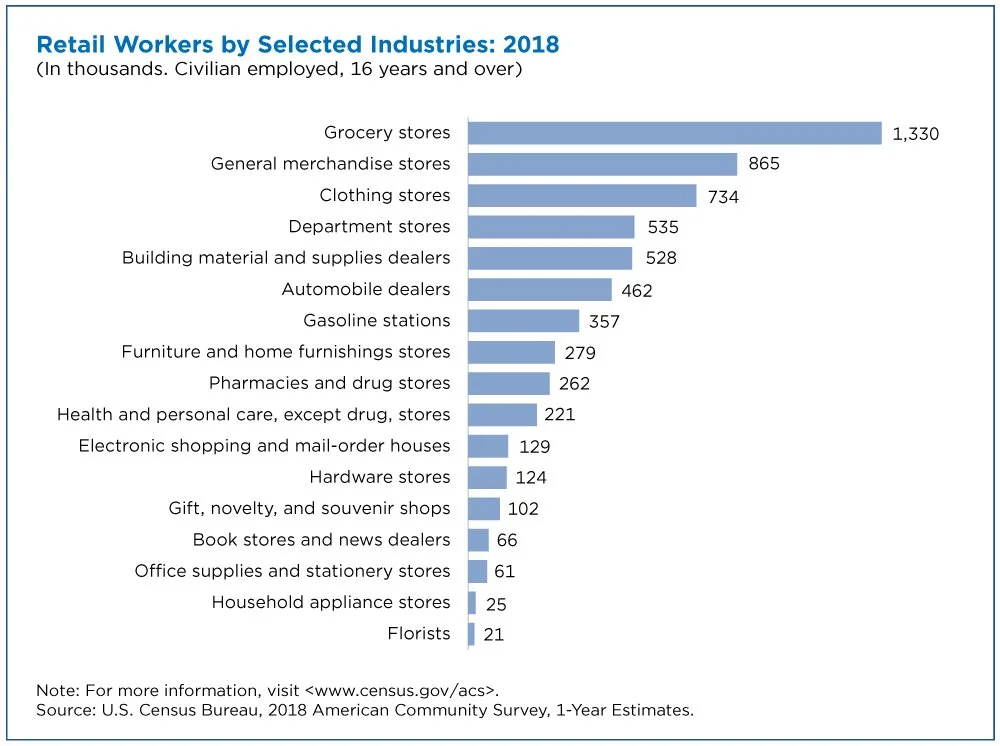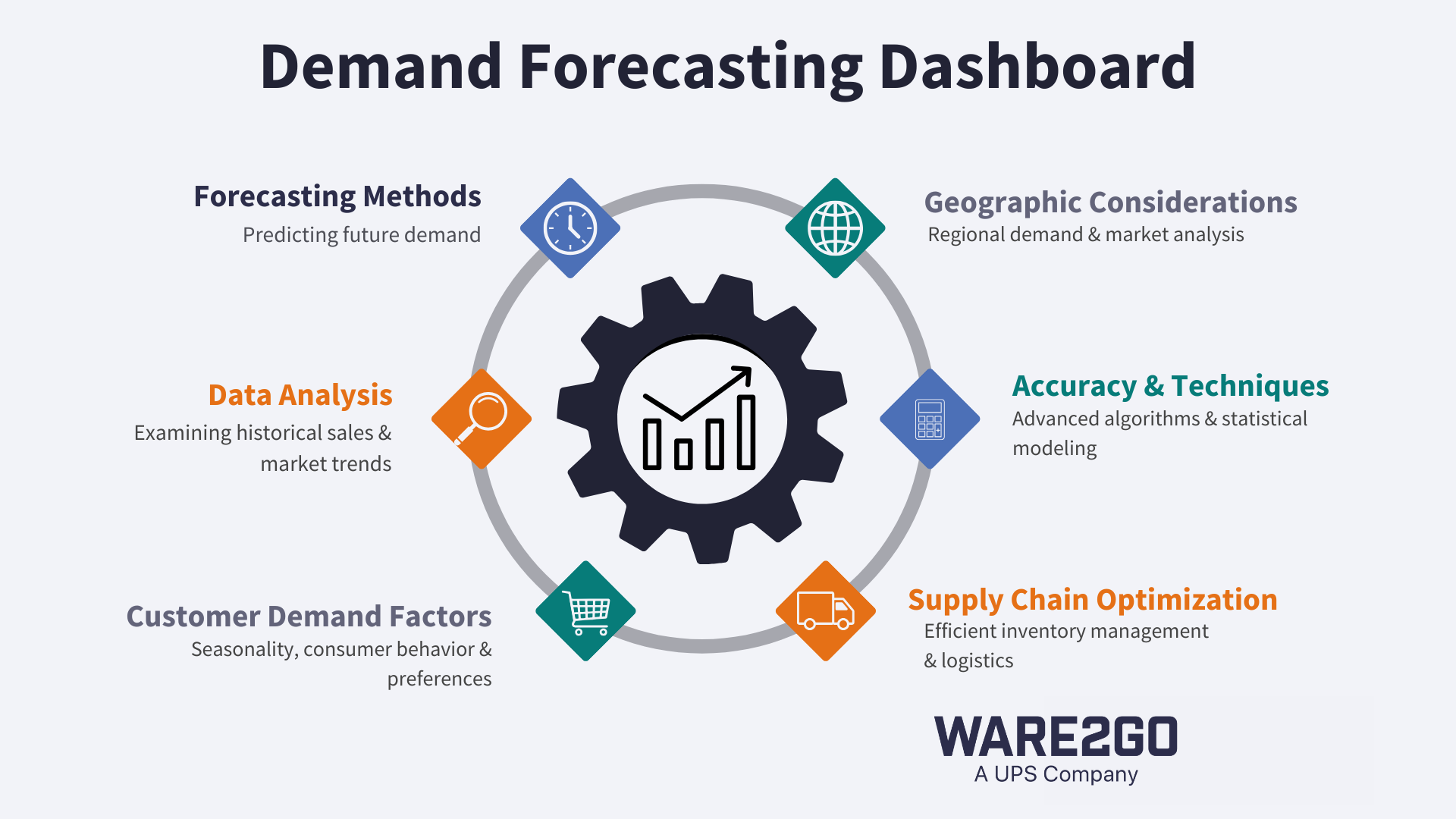Retail & Academia and the Missed Opportunities: Demand
Credit: Pixel Pool
In America, 1/6 people will find themselves working retail at some point or another. While most of that is frontline workers, for those workers to succeed, you need a holistic team that can effectively complete every task to get products and ideas to the stores. The process of getting products to the store is a difficult one and requires many steps and many teams to communicate exactly how they need to be to do so at an effective rate. From buyers to distribution workers, retail needs every person to do their job correctly.
Credit: US Census Bureau
However, the retail industry is filled with stigma and struggles to shake this off to make academia understand just what goes into running an effective retail operation. During my time at college, the exposure that a student typically has regarding retail is at a management level and at the buying level. Beyond that, it is more or less up to the student to properly expose themselves to the reality of what retail can be. On top of this, most exposure towards the retail industry is from the lens of fashion, which makes up just 20% of all retail. This is still beneficial as a lot of the topics do carry over from product category to product category.
But demand is an important issue, and you have to truly understand the product and the consumer when forecasting demand for a product. Because of this, I believe expanding what is discussed within retail topics in the academic spaces will help boost effective collaboration across the industry. Discussing topics beyond buying and fashion will benefit the industry and touch a significant portion of the world, as the need for retail surpasses almost every consumer-focused industry.
During my time interning in the corporate side of retail, I worked extensively with demand forecasting, and in my opinion, this job is the backbone of retail. I found this to be the basis of every decision that was made. Every portion of a corporation requires demand to accurately decide on what products they will carry and how many of them. It is deeply important for any brand to know these factors. The entire brand cannot make decisions on what they should carry without knowing how much of that specific product the consumer wants.
Credit: Ware2Go
With this in mind, you have to look at how focused academia is on these portions of the industry. The answer is not enough. Brands have to know how much of a product they need to carry. Yet despite this, academia chooses not to teach how to effectively forecast demand. Colleges will teach you how to forecast a trend 3 years in the future, but won’t show their students how to tell a store how much of a product that store needs to satisfy their average consumer.



